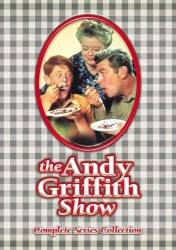Other mistake: Helen is sitting on the first base side, there is a play at the plate and Opie is called out at the plate. Near the end of the show, Helen has a picture she took of the play and it show Opie to be safe. The picture angle is taken almost directly from home plate and at a low angle. The backstop is also blocked half the way up. She would have had to be on the field behind home plate for such a picture. It's also very close up but the camera she is using doesn't have any zoom feature.
Continuity mistake: During the baseball game, when Opie slides into homeplate we can see the concrete mixer truck in the background beside the building, but when Helen shows Aunt Bee the photo she took of Opie the truck is gone. (00:09:40 - 00:23:25)






Answer: As noted in the previous answers, in real life, things like this provided wind and/or rain deflection, and also maintained a bit of privacy when blinds were raised somewhat. The interior courthouse set was located in the studio, so the "outside" Main Street didn't exist. I believe these things were added to the courthouse windows for practicality, to avoid some crew movement being visible on the opposite side of those windows. These are not "window boxes" to hold anything, as they're actually bottomless; we can see the Venetian blind's long pull cords under them. They're made of plywood and simple to build, so the "material and labor" was inexpensive. Similar variations made of different materials are in other movies/shows. In 1957's "12 Angry Men," textured chicken wire glass panels are in the jury room windows, and in "Jesse Stone: Night Passage" another type is in Jesse's office windows.
Super Grover ★